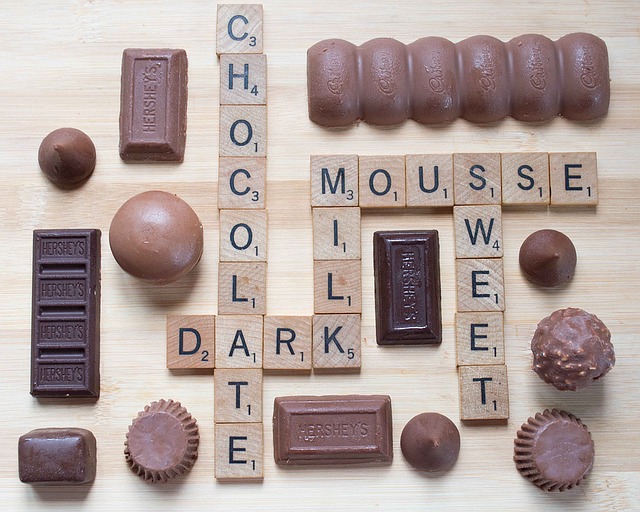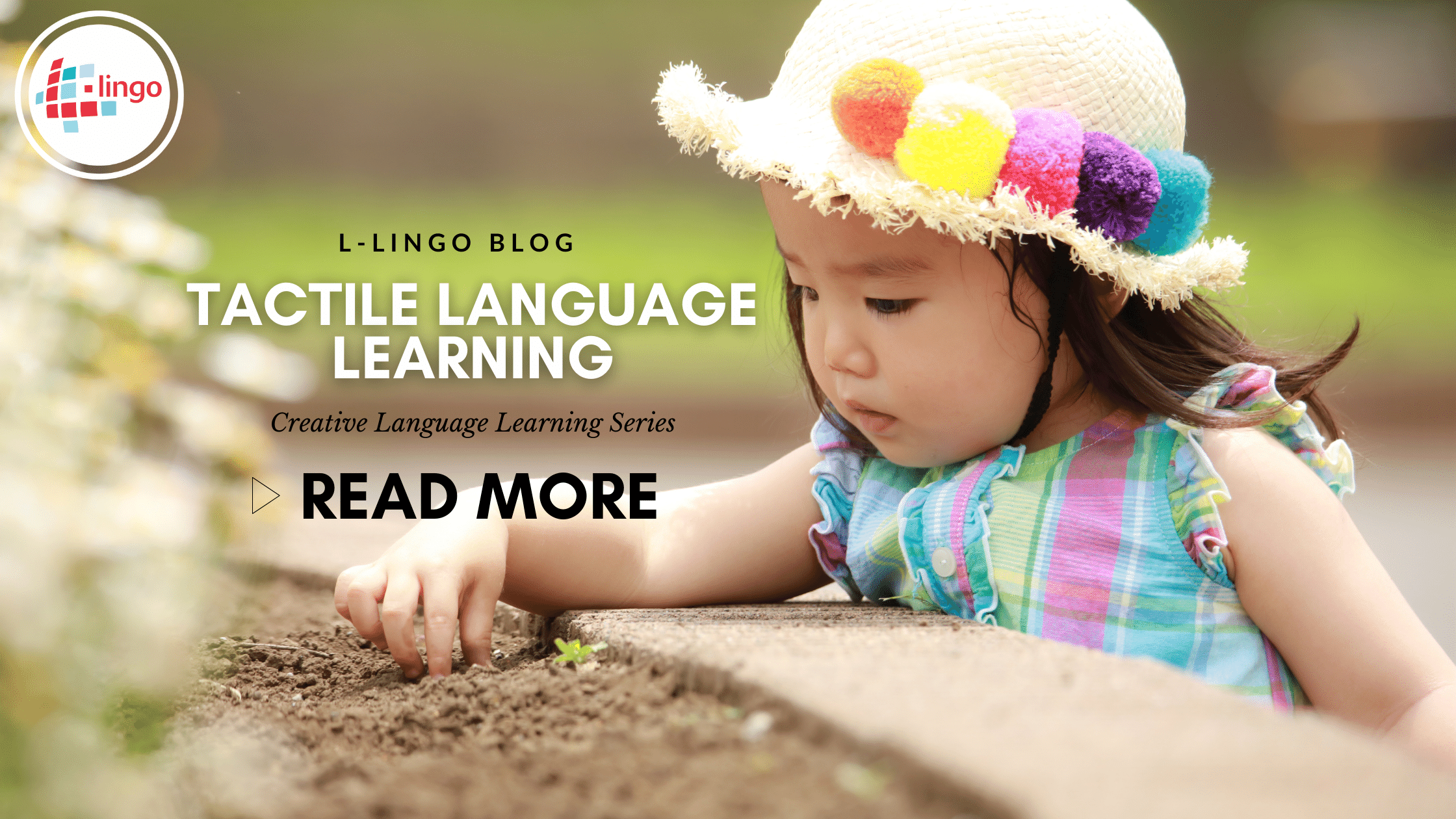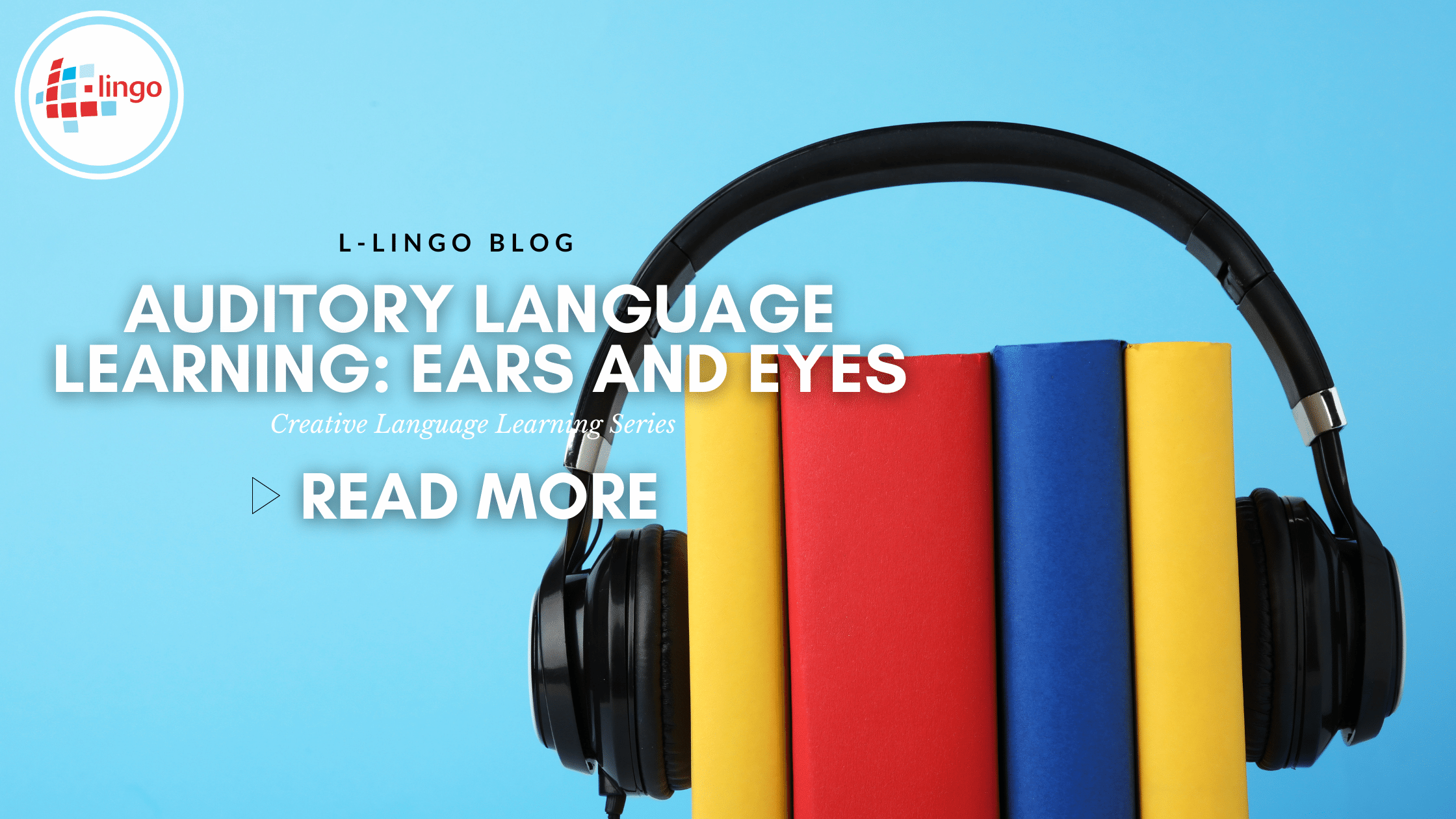They say hands-on learning is best. But what does hands-on mean in language learning? Tactile learning is a learning style that associates input through touch via the physical sense. This kind of learning keeps us moving, active and curious of the surrounding environment. Albeit in language learning, this approach might seem strange, but there are creative ways to integrate it into your normal routine/method.

Am I A Tactile Learner?
So if you’ve read our Kinesthetic Language Learning article, you’re probably asking what’s the difference between Kinesthetic and Tactile learning. The difference is slight, but it’s there! Both learning styles are high in activity levels. However, kinesthetic learners are more involved in full-body movements. Tactile learners are more moderate in their actions, so you’ll find that precise hands-on activity is preferred compared to full-body movements.
☐ Frequently playing with objects in your hands while studying or another activity.
☐ Do you learn best from hands-on experience?
☐ Do you enjoy creating things such as devices, puzzles, gadgets, etc?
☐ Do you prefer living in a moderately busy environment?
☐ Do you have a hard time sitting in one spot for too long?
The Relationship Between Touch and Learning
When we were babies, our touch was how we interpreted the bearings of this world. We crawled touching everything in sight and that was one of the few ways we were able to learn new things in that young period. We still learn valuable lessons through touch even as we get older.
When we touch a hot stove, we learn that heat is indeed dangerous.
When we stub our toe on the edge of the wooden bed frame we learn that we ought to be more cautious of where we walk.
When we fall down and the rock hard cement road in a park, we soon learn that falling down on the grass is more preferable.
The truth is that touch is one of our most powerful senses; learning how to take advantage of it in language learning can prove to be quite useful. Tactile learning requires a literal hands-on experience with the world. There is no running around in circles or fancy-schmancy method to learn within the tactile realm. Getting up close and personal with the content can
There was a study done by Purdue University that explains the infant’s touch. If you’re interested in more information on that topic you can read more here.
Tactile Language Learning Methods
Hand Puppets
Yeah I know, these are for kids but they’re still effective at what they do. Let’s break this process down. Hand puppets require touch, and from touch you get movement; this kinesthetic relation is an automatic plus for kinesthetic learners. What comes after that is the animation of the hand puppets through imaginative power. Hand puppets can take on literally every dialogue you throw at them because “them” is just you in sock form.
Language Learning Gem
This is an idea of our own, so hear me out on this one. First, you want to get a stone gem, pendent or anything that resembles either. This gem will be your language-learning gem; your job is to treat as if it was the magic lamp from “Aladdin”. Each time you go to study think of this gem as a sort of good luck charm. Do you know how kids play with their food while talking to their parents about their day? Well, in this case, the food is the gem and the conversation is the content you’ll be studying. It seems counterproductive to work with such a minute distraction, but truth is, some people work much better with background stimuli.
Write Everything
There is no better feeling than a pen in hand and the side of your palm rubbing against the paper as you zoom across your notebook. Writing is one of the most important aspects of language learning. Everything kind of just “clicks” after a while of writing; vocabulary is able to transfer from your conscious and subconscious mind to paper by means of a pen. Do you understand how complex and incredible that is? Eurolinguiste wrote an article on the miracle works of writing in language learning, and I found it fitting to mention it in this article about kinesthetic learning.

Play a Game Of Scrabble
Did you know that the word game Scrabble has been translated into 22 languages? TWENTY-TWO! Scrabble is an amazing tactile method for kinesthetic learners; it combines critical thinking and the strategic placement of letters to reinforce vocabulary. The game works by players placing their distributed chips on the board to spell a word, a real word. Then depending on how long the word is, points are given out accordingly. There are online versions of scrabble, however, to get that tactile feeling, I recommend you try to board game instead.

Don’t Knock It Till You Try It
If you’re interested in more unique tactile methods you can try in language learning be sure to download our worksheet below. Also to complement this style of learning, be sure to read our Kinesthetic Language Learning article!
Worksheet
Tactile Language Learning Worksheet




